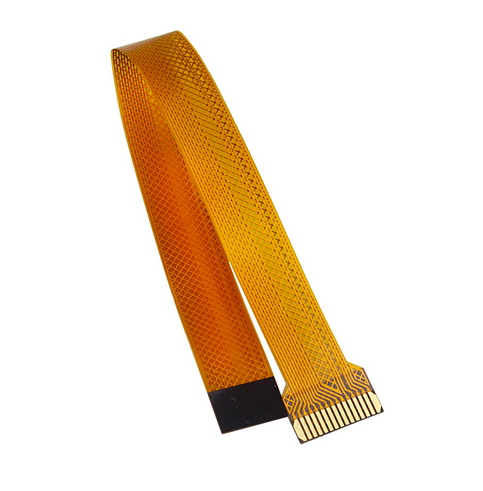

To take a video: raspivid -o home/pi/video.h264 You must include the path and the target filename of your photo with the command, or else it will not work. The raspistill command captures the photo after a five second preview (enough time to get ready for the picture). To take a photo: raspistill -o home/pi/image.jpg Open the terminal up from the menu bar and enter the following commands: The easiest way to use your camera is from the terminal. Using the Terminal to Take Pictures and Videos

Enable it then save the changes to raspiconfig.Ĥ. Otherwise, enter this command on the terminal: sudo raspi-configģ. In the main menu, you can find it under Preferences: Open the Raspberry Pi Configuration tool using either the main menu or the command line. Now that the camera is connected, we will setup the Raspberry Pi so that it can communicate with the camera module. The camera cable should fit tightly so that it won’t slide out if pulled. The metal traces on the camera cable should face the metal pins on the Raspberry Pi’s camera port.Ĥ. Insert the camera’s ribbon cable into the camera port. Pull up on the edges of the plastic clip on the Raspberry Pi’s camera port.ģ. Make sure the Raspberry Pi is disconnected from power when installing the camera.Ģ. It works with all previous versions of the Raspberry Pi. The Raspberry Pi camera module supports 1080p30, 720p60, and VGA90 video modes as well as still captures. Figure 1: Raspberry Pi Camera Module v2 (Image Credit: )


 0 kommentar(er)
0 kommentar(er)
